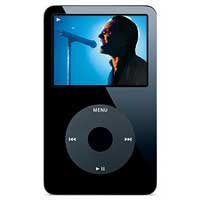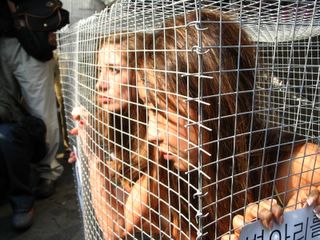Suction Cupping
Tuesday, August 15th, 2006 A traditional Asian treatment for an inbalance in the body’s systems. The cups are attached to the body using heat and draw blood to the surface. This causes bruising, but some claim it also heals everything from a cold to cancer. Carolyn only had a little upper-back pain.
A traditional Asian treatment for an inbalance in the body’s systems. The cups are attached to the body using heat and draw blood to the surface. This causes bruising, but some claim it also heals everything from a cold to cancer. Carolyn only had a little upper-back pain.







